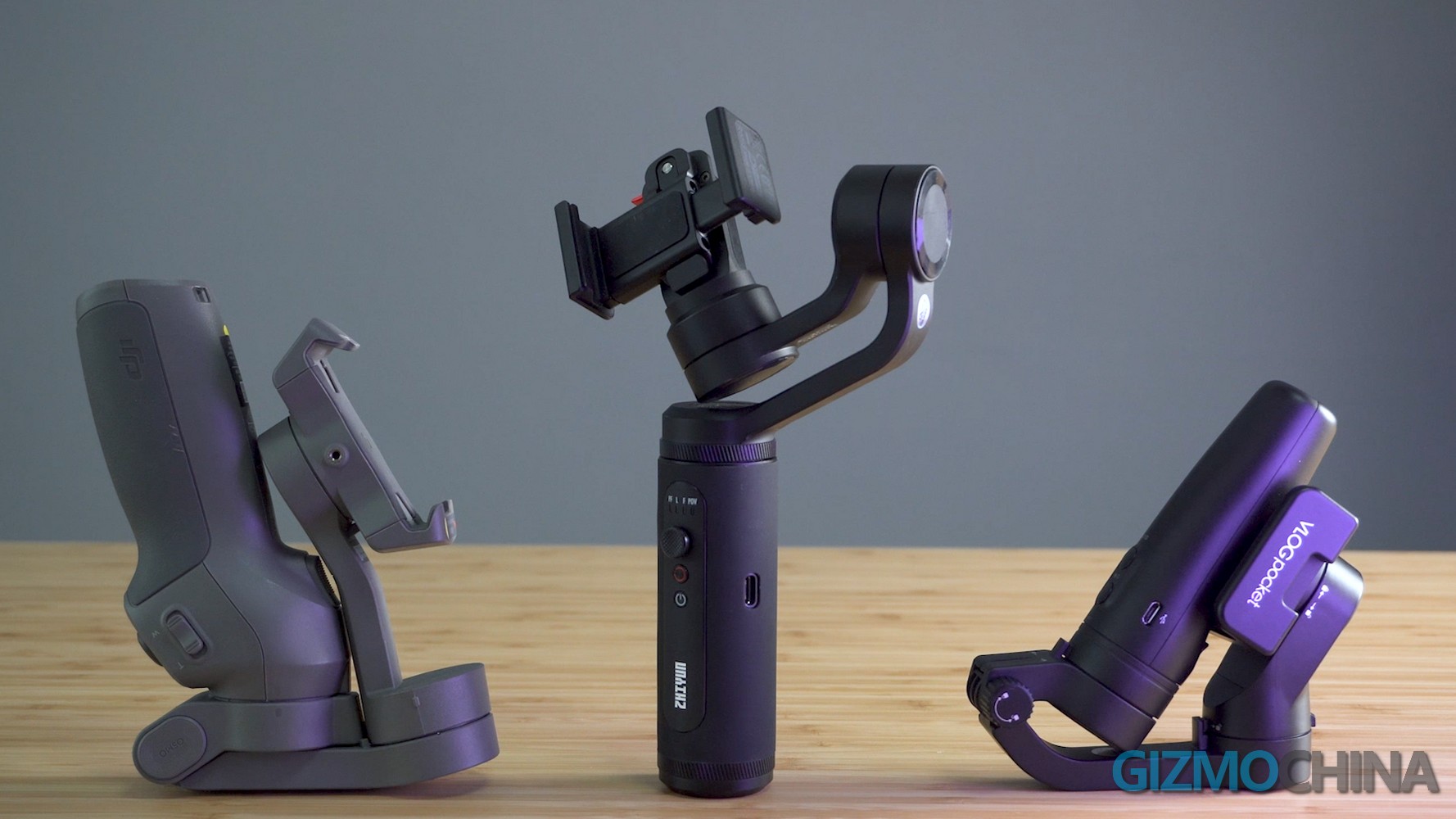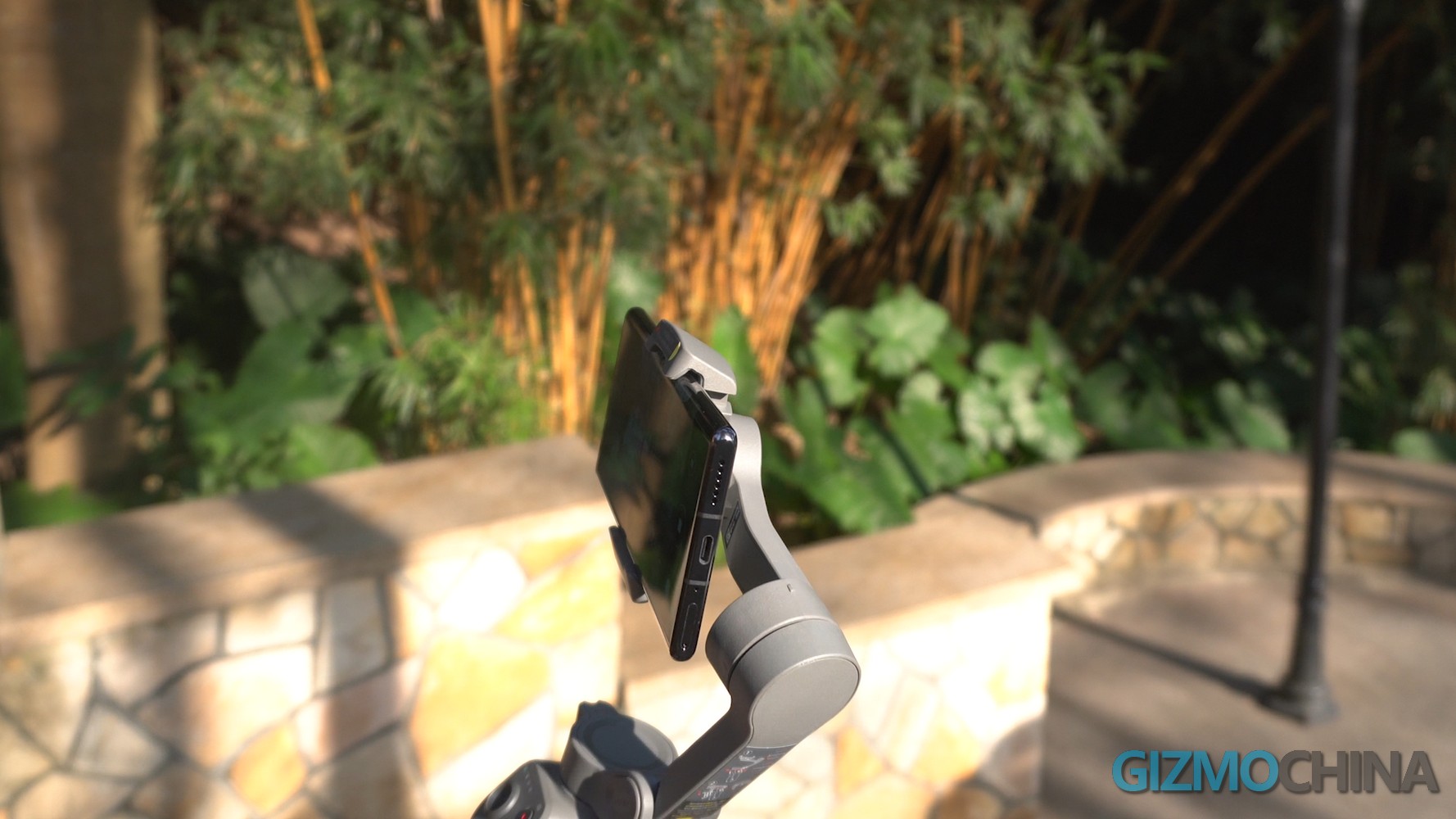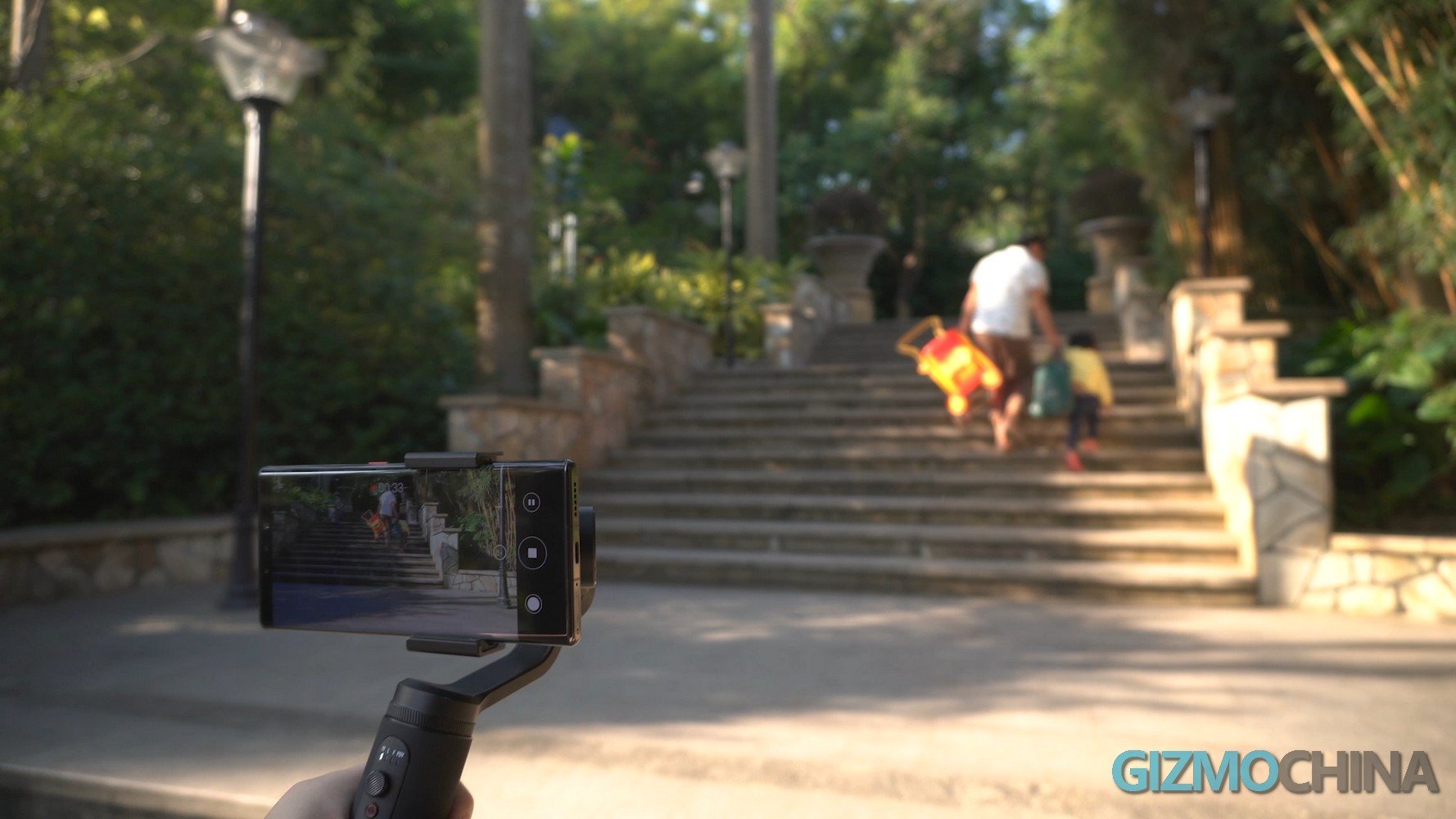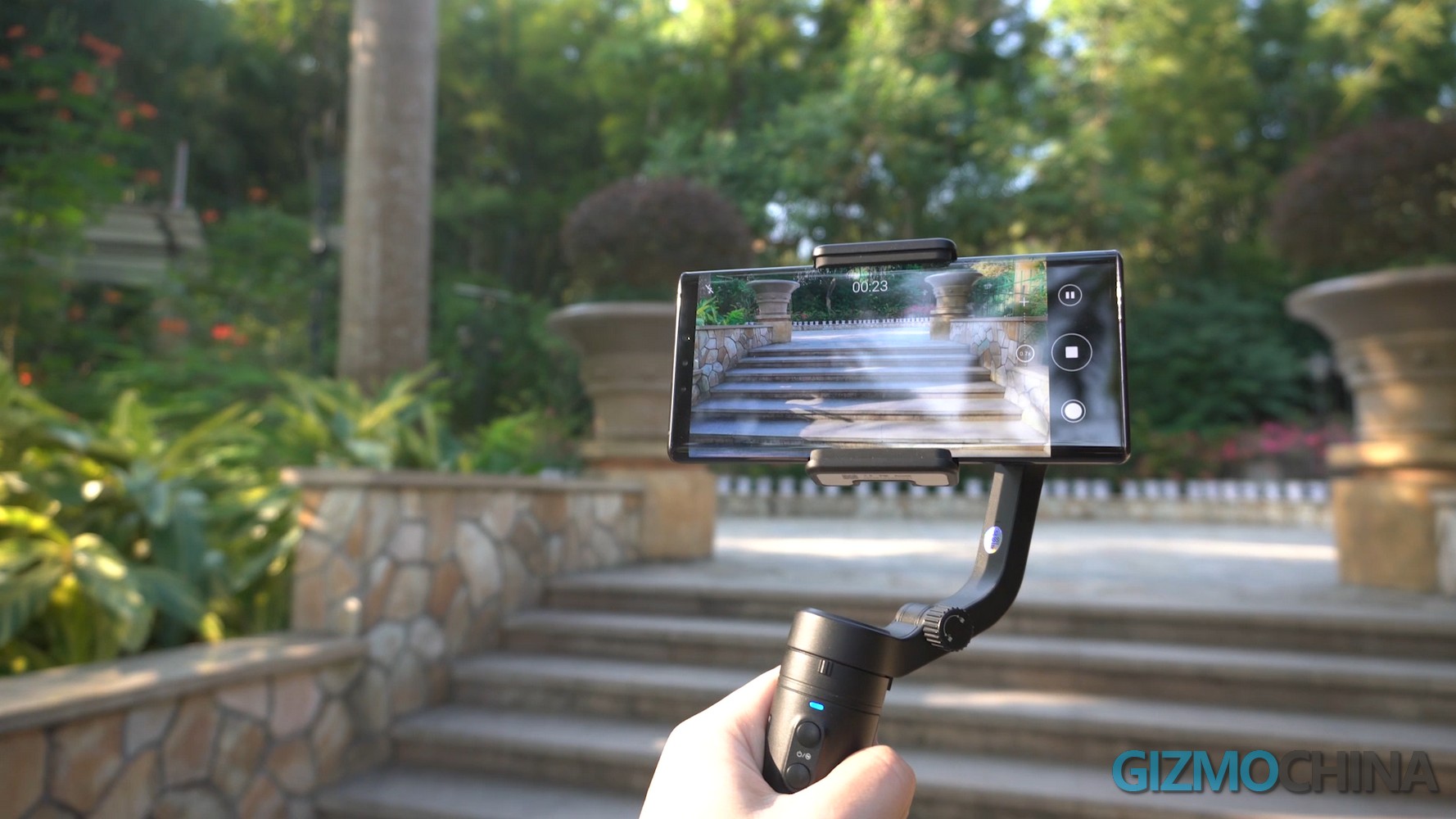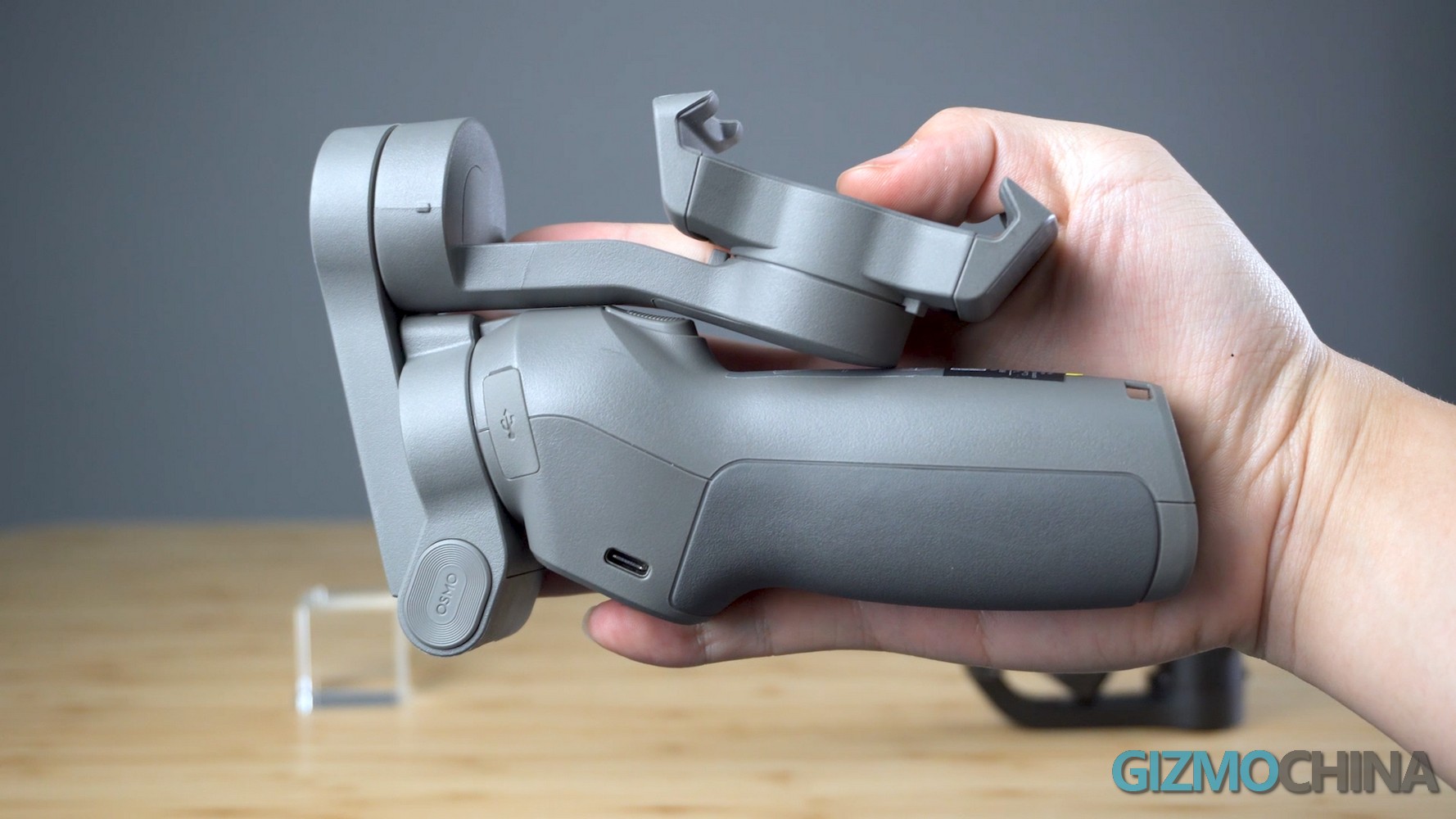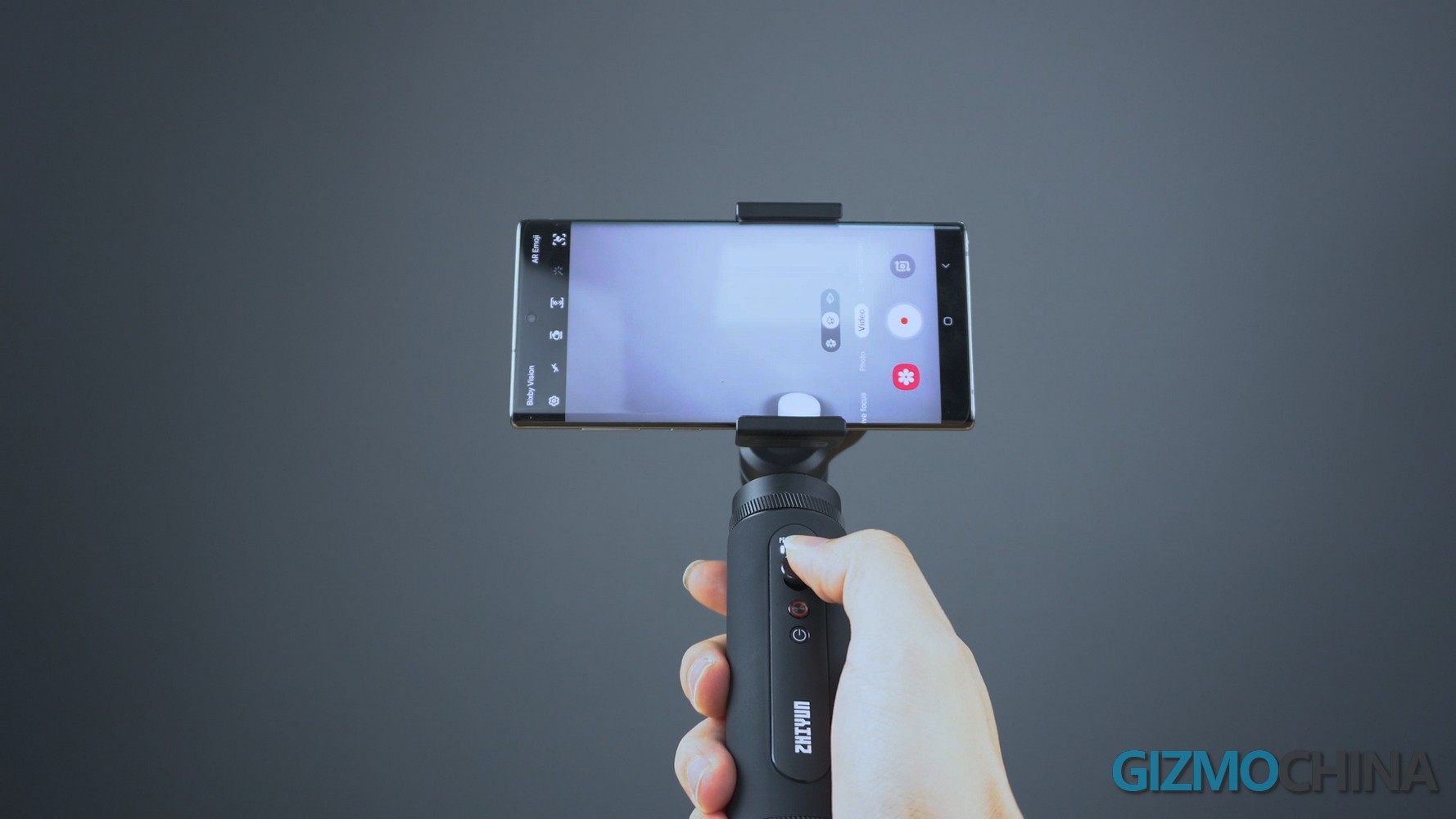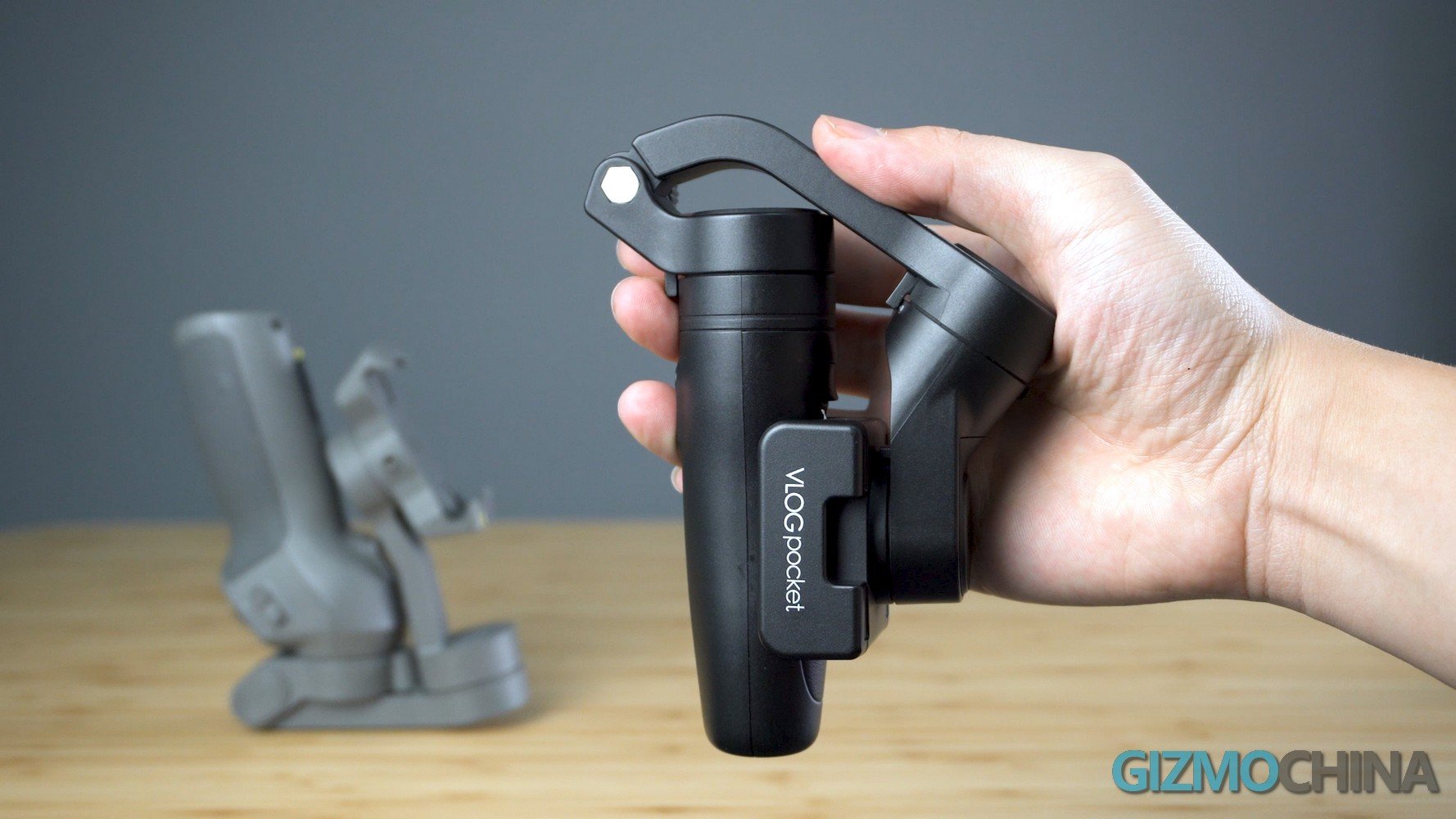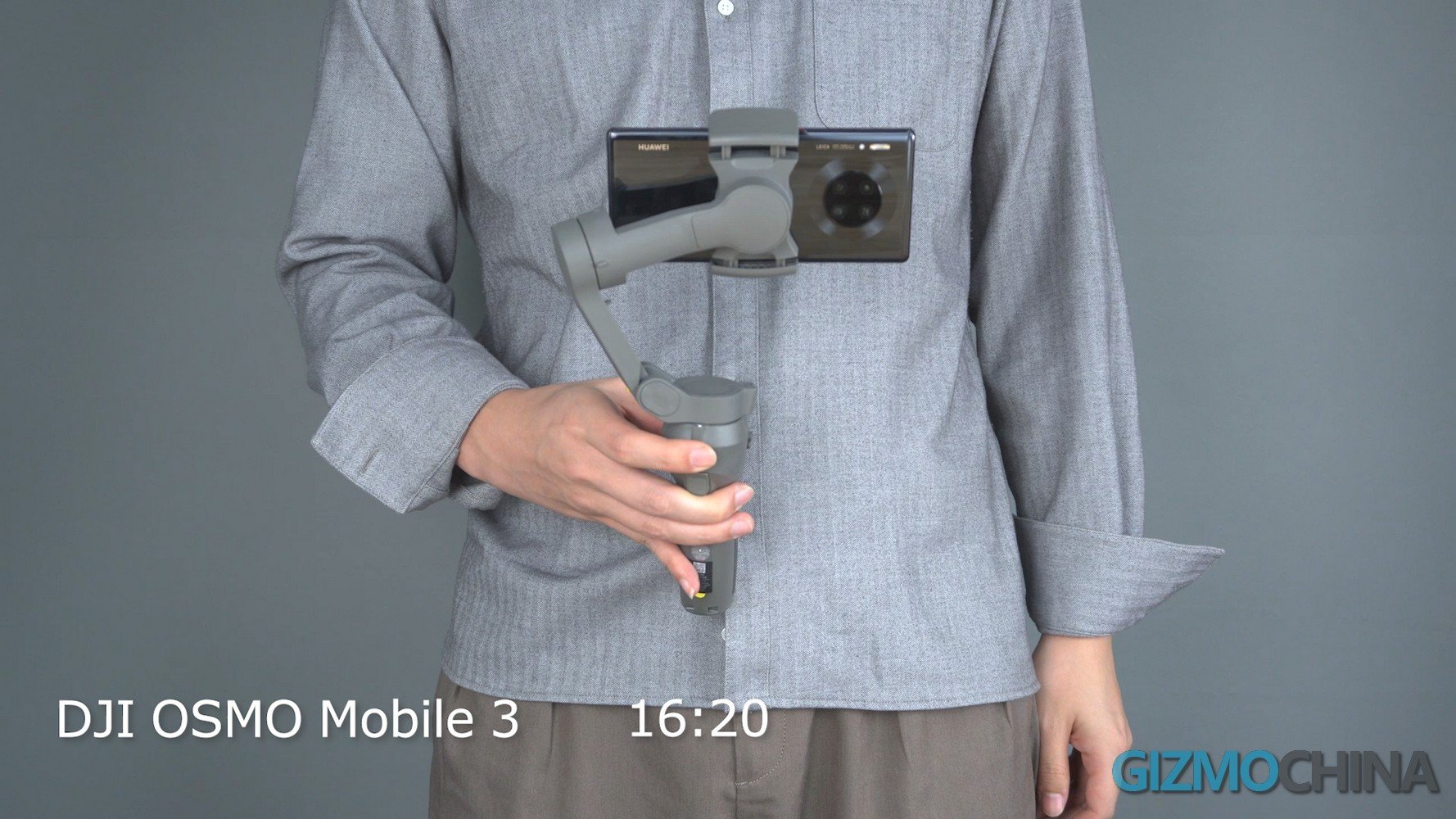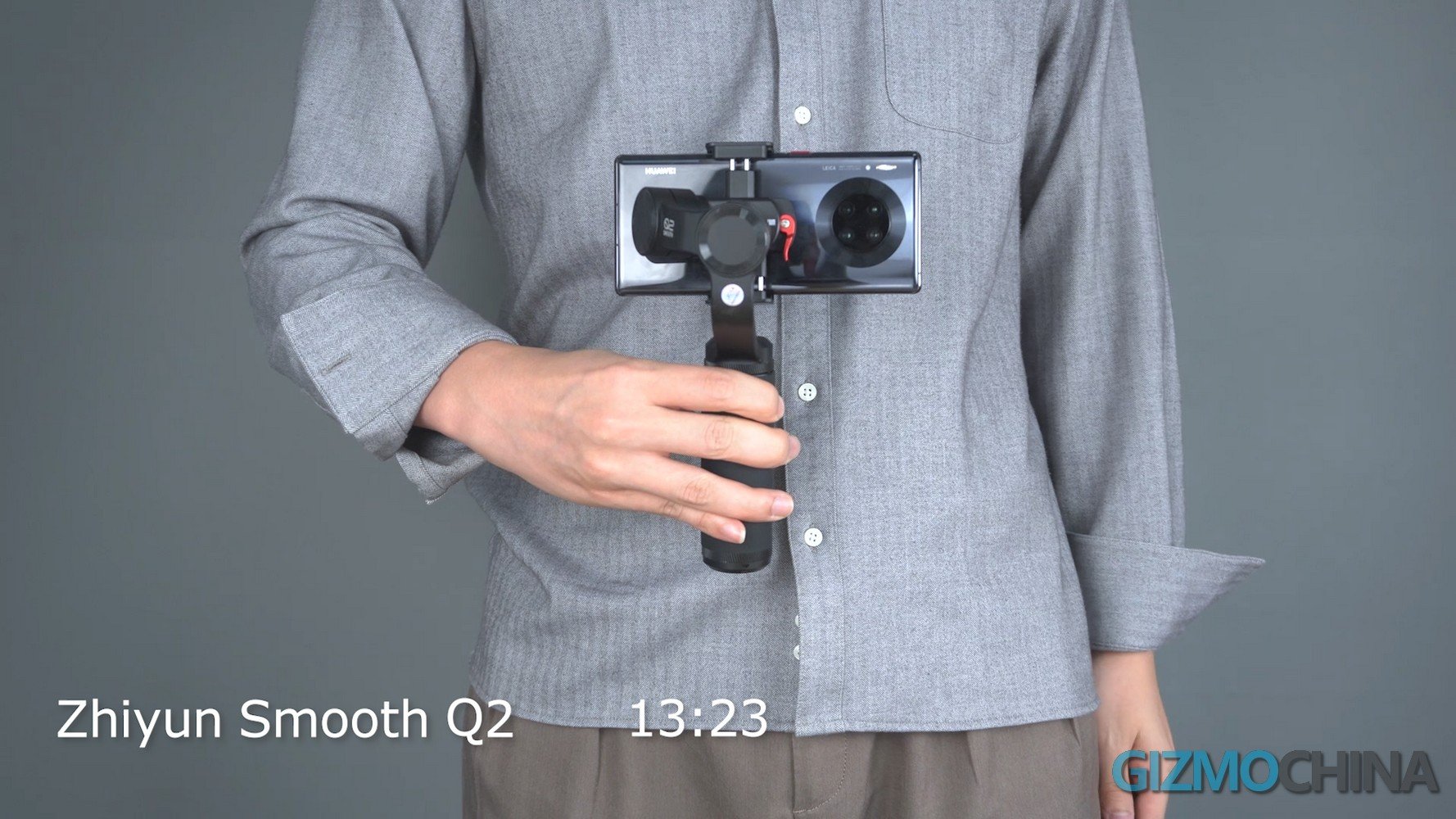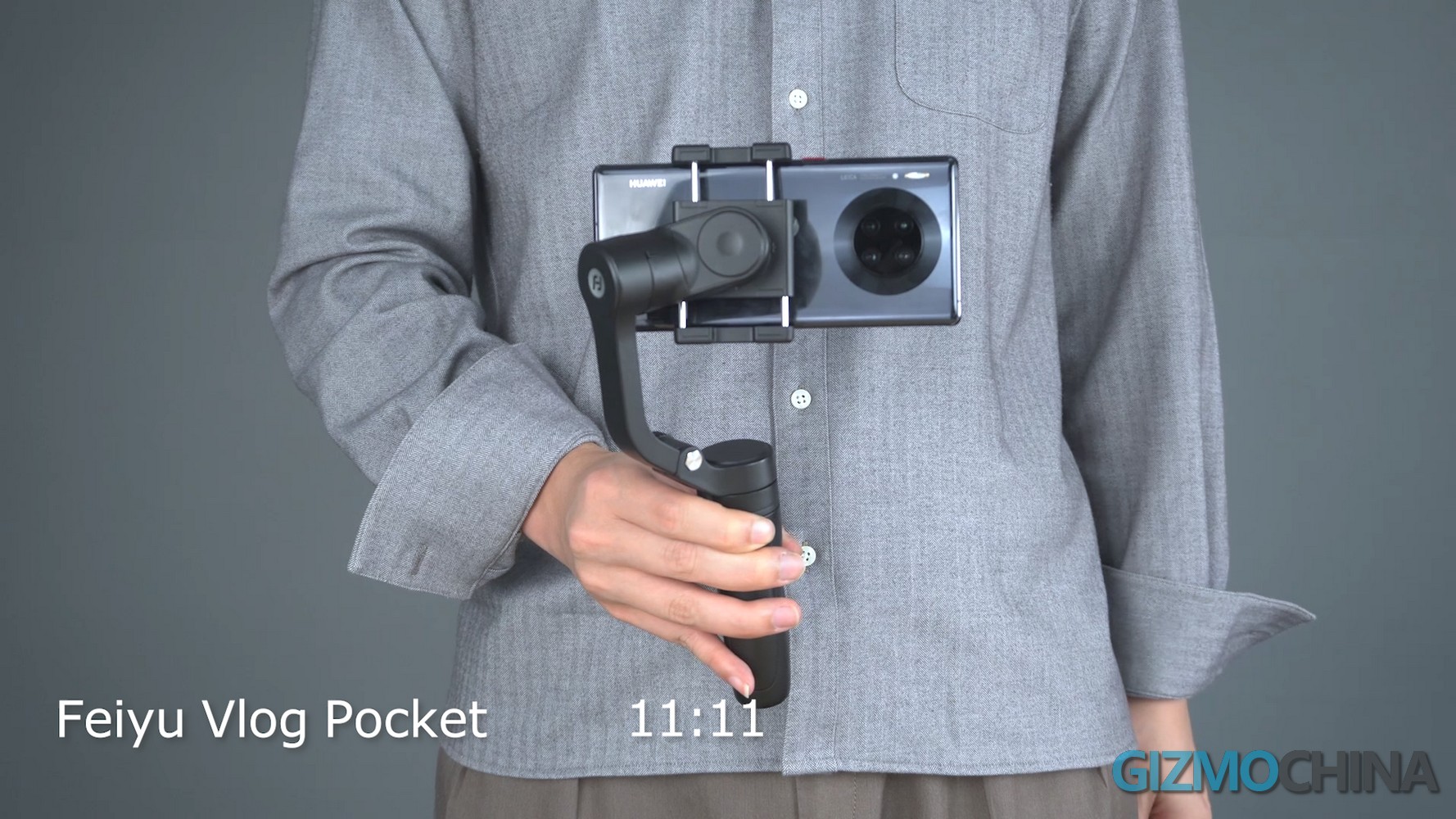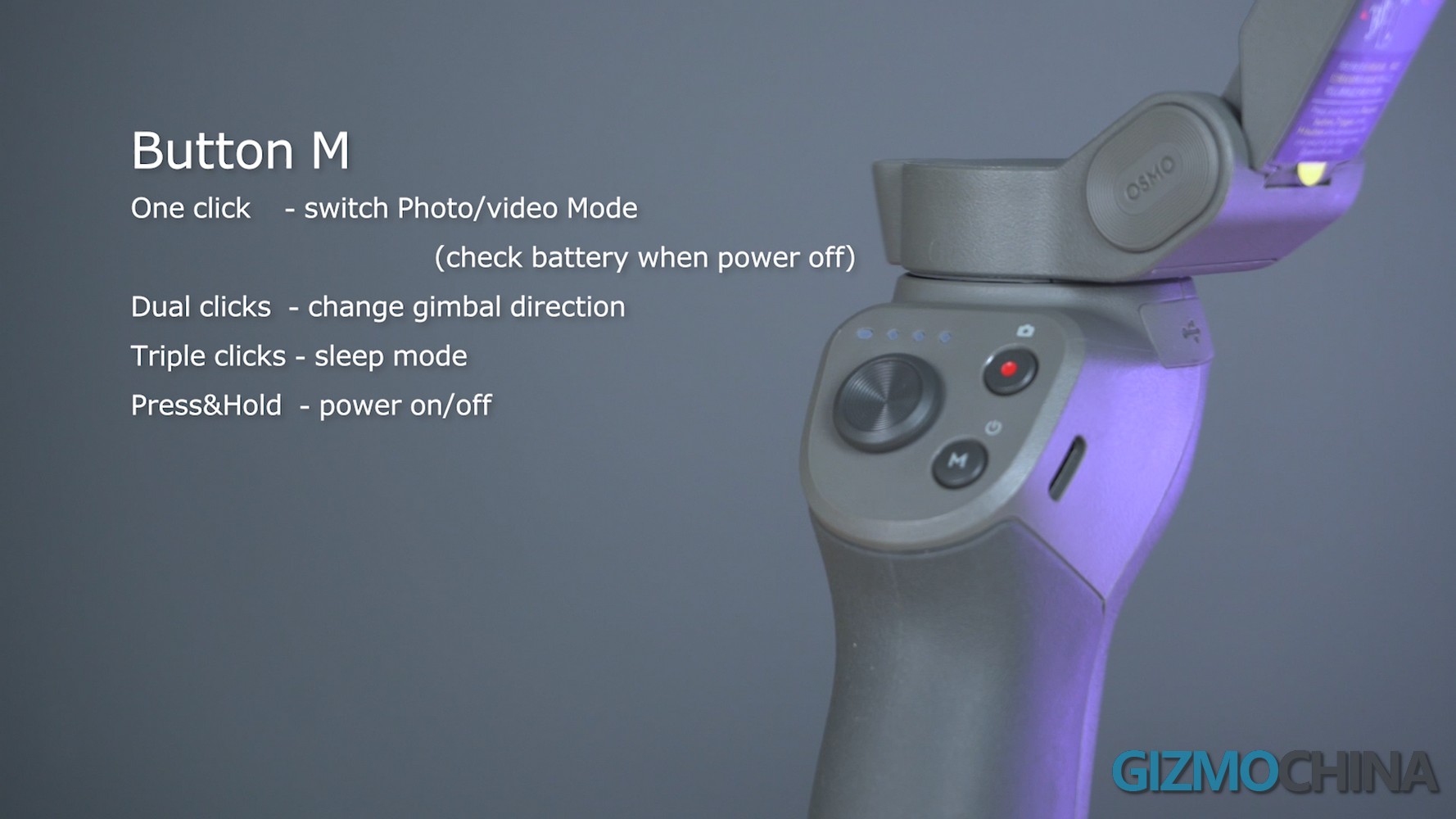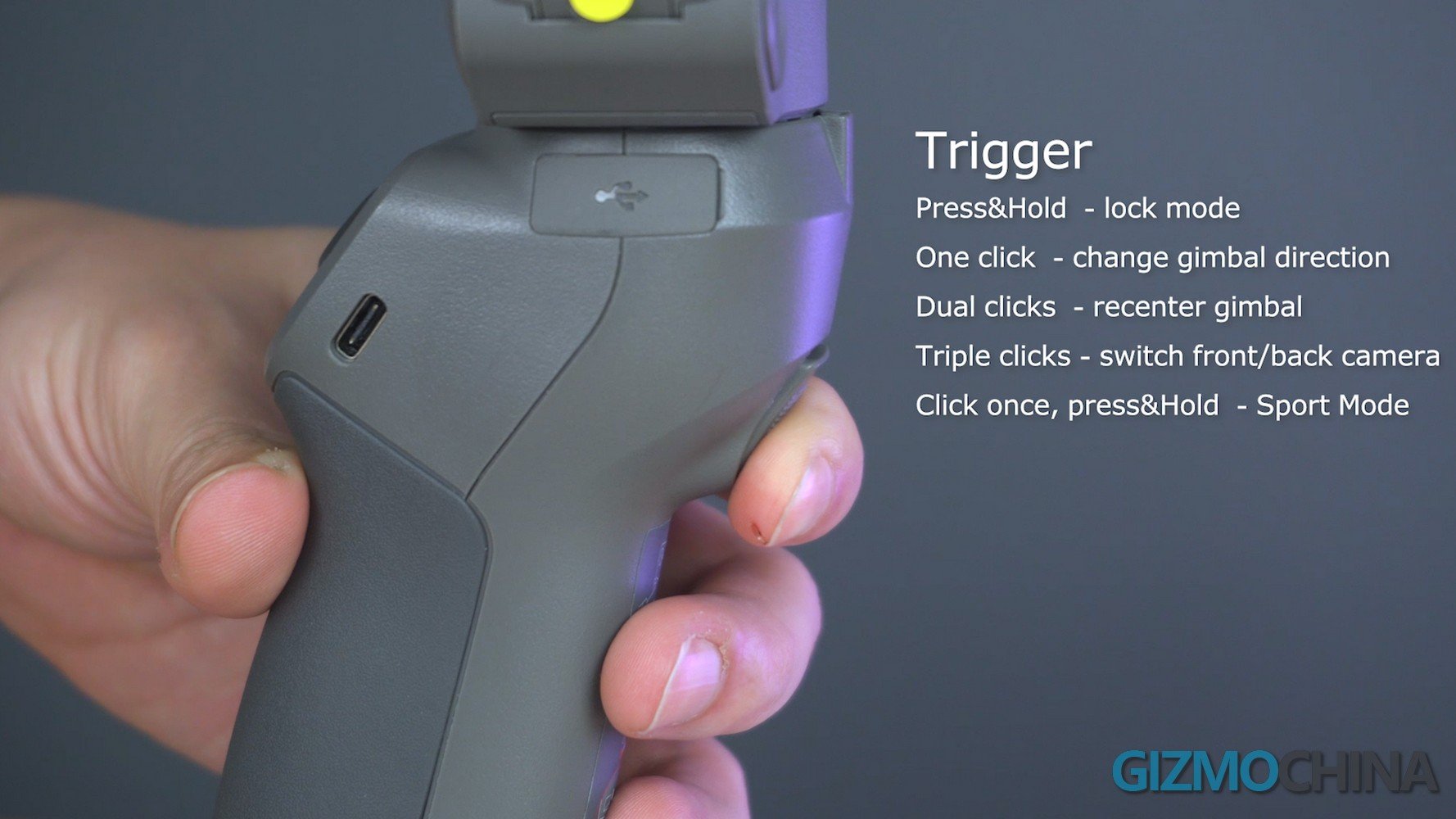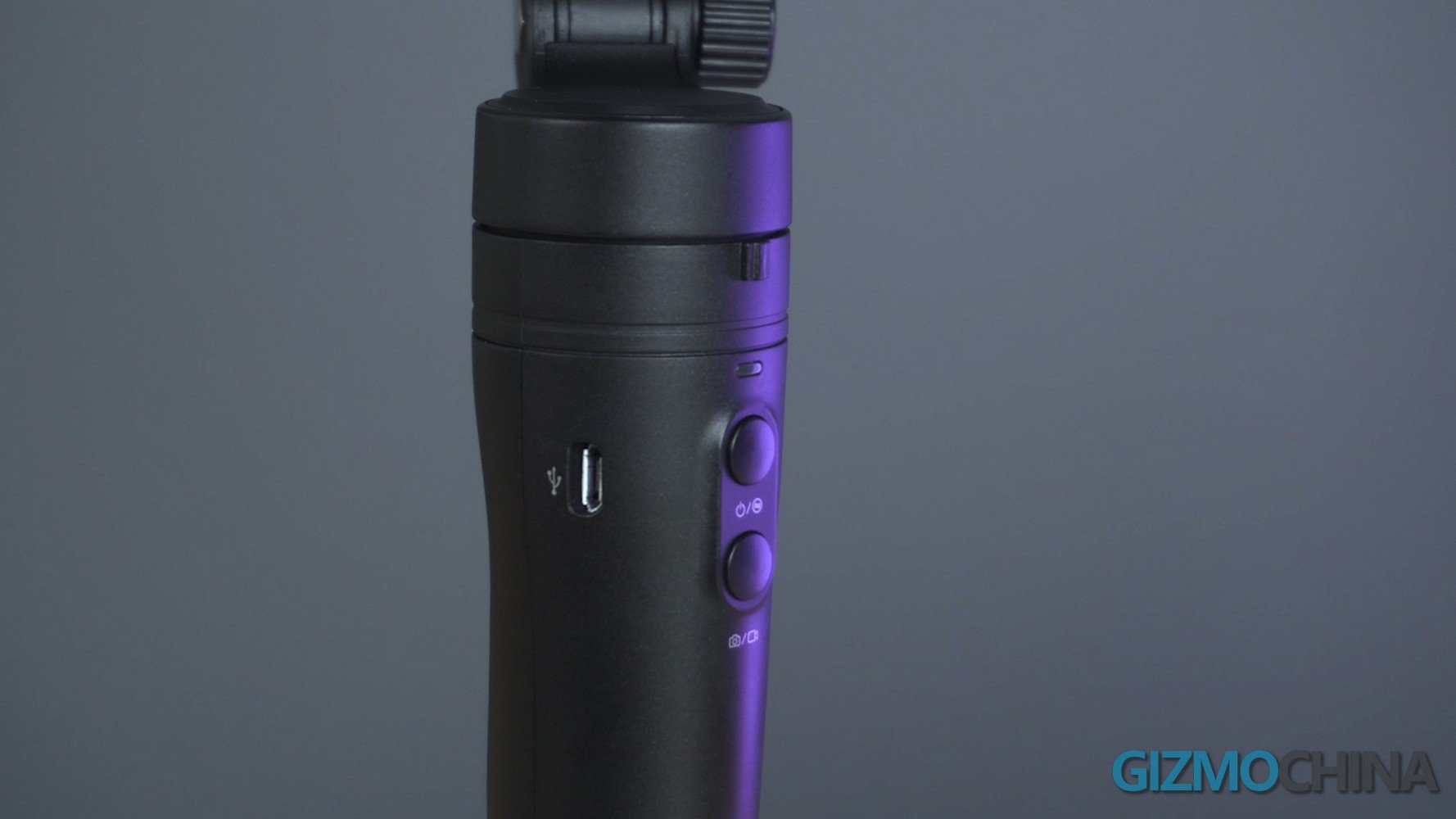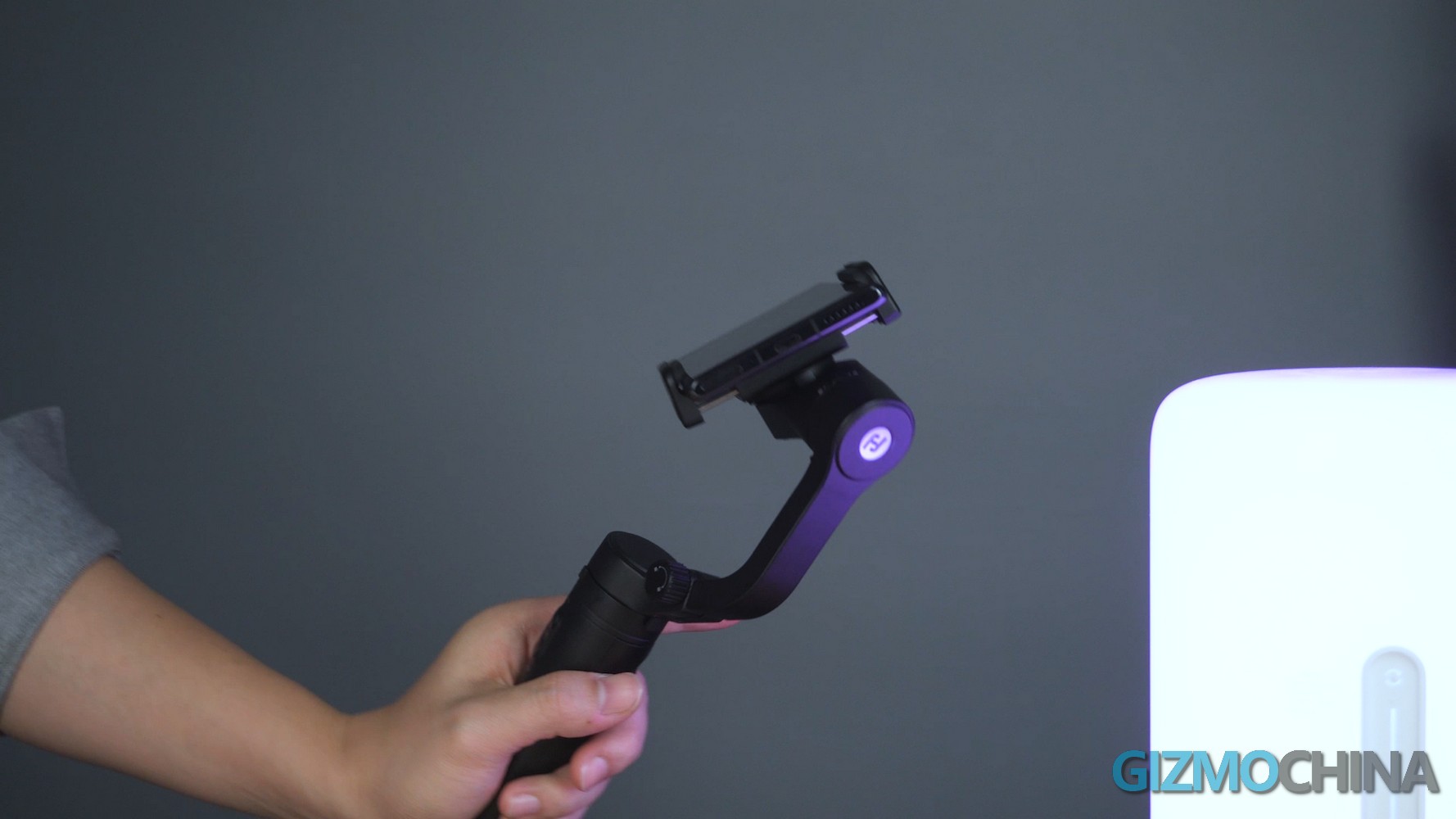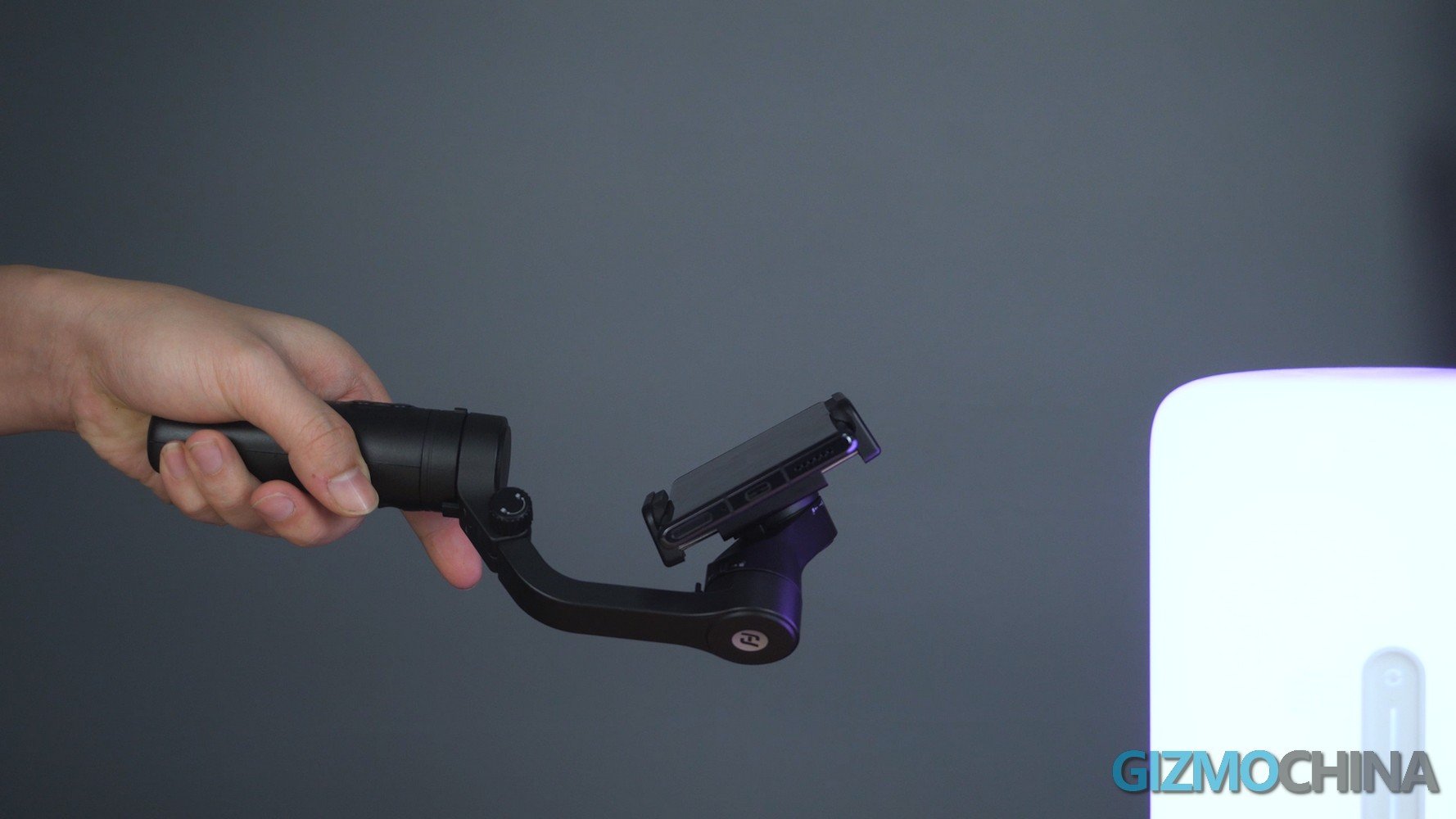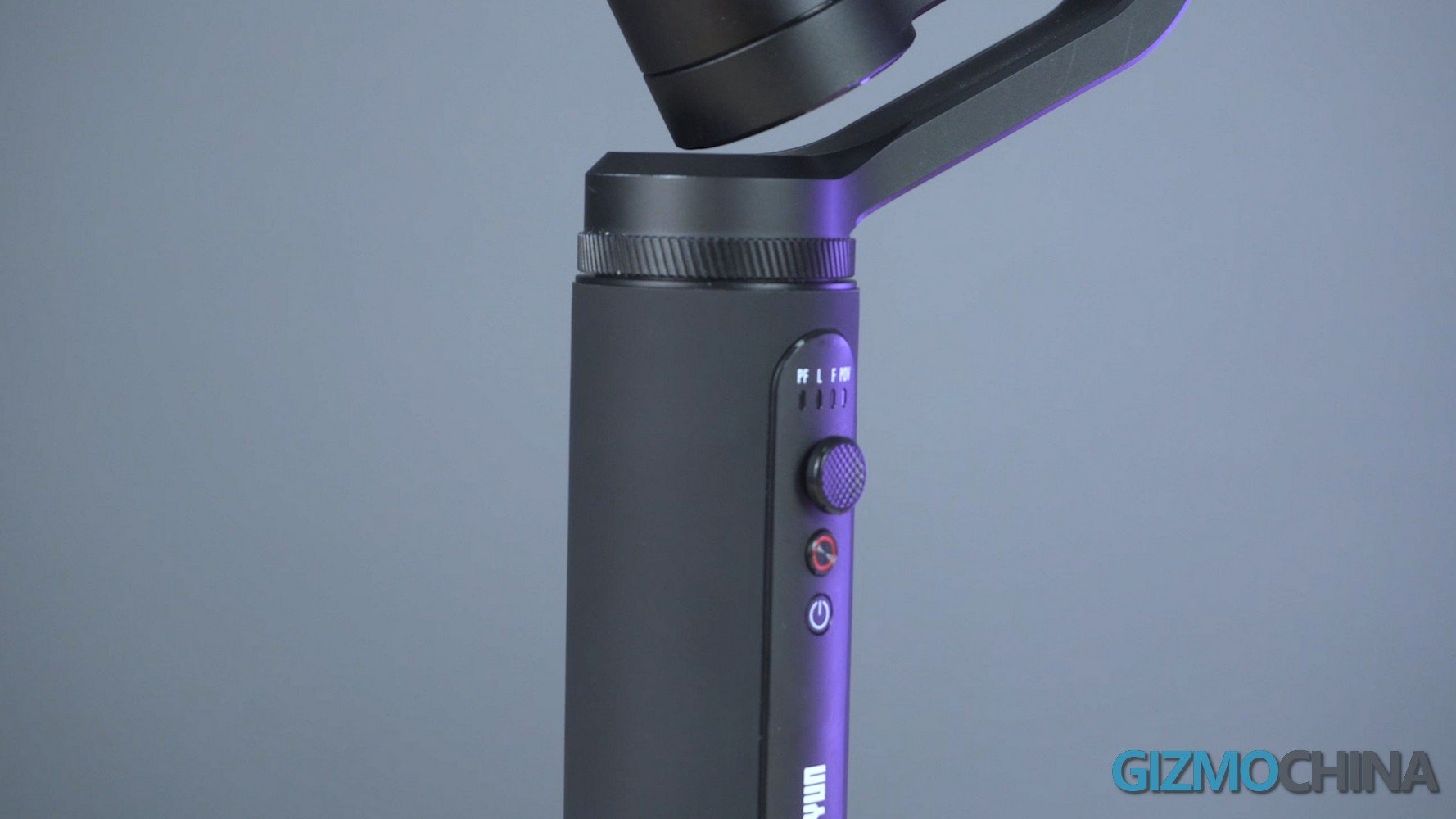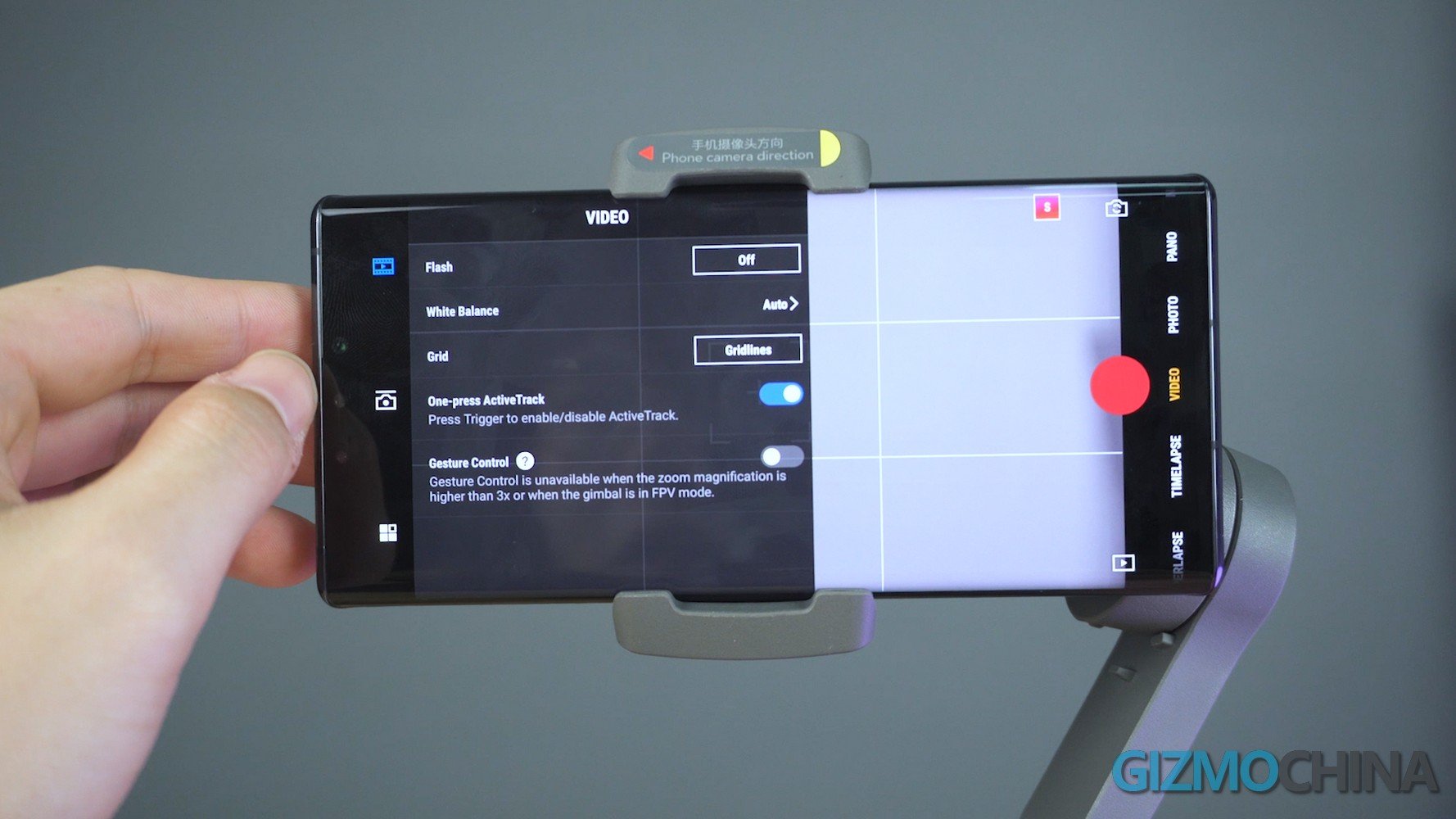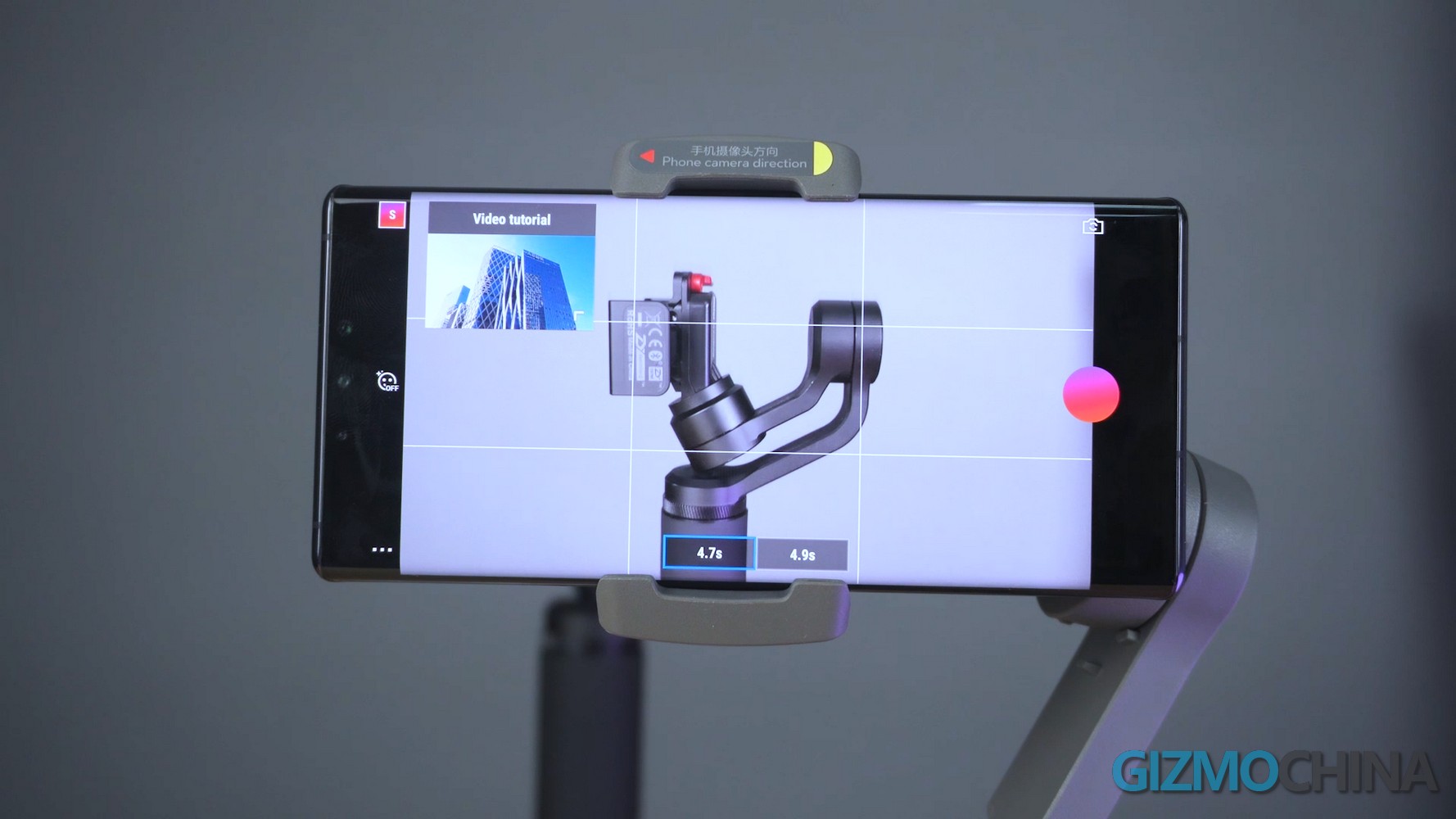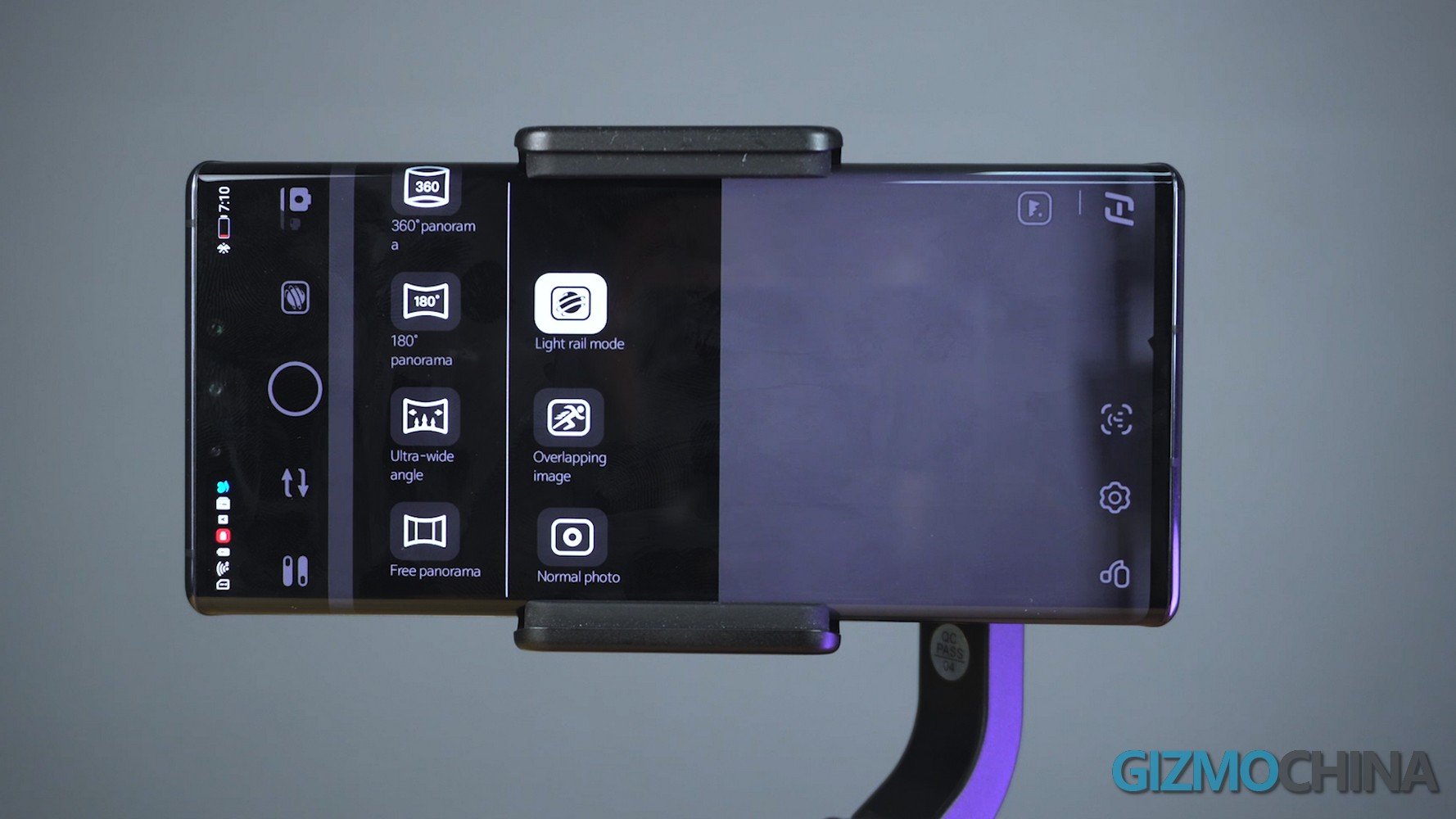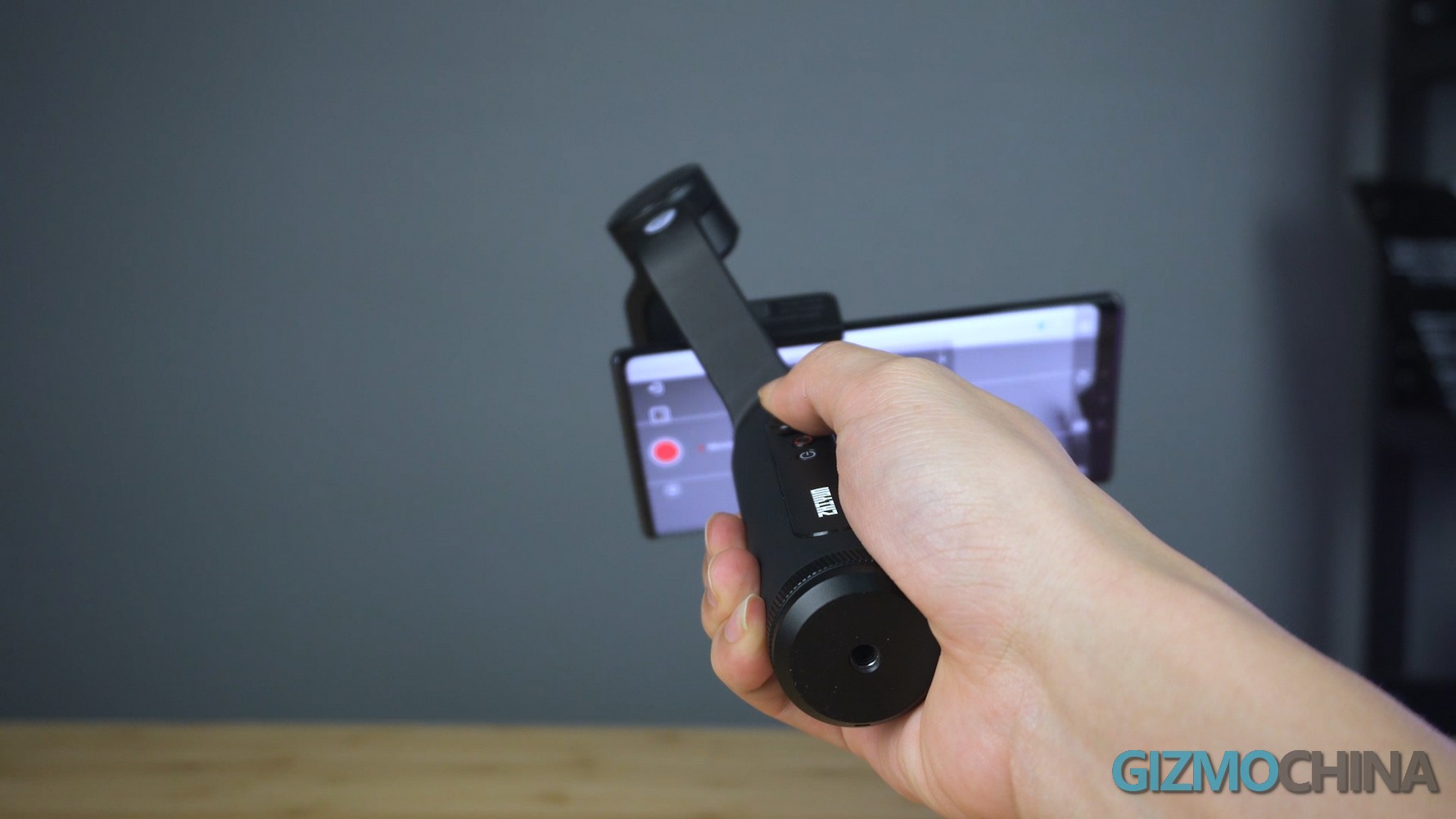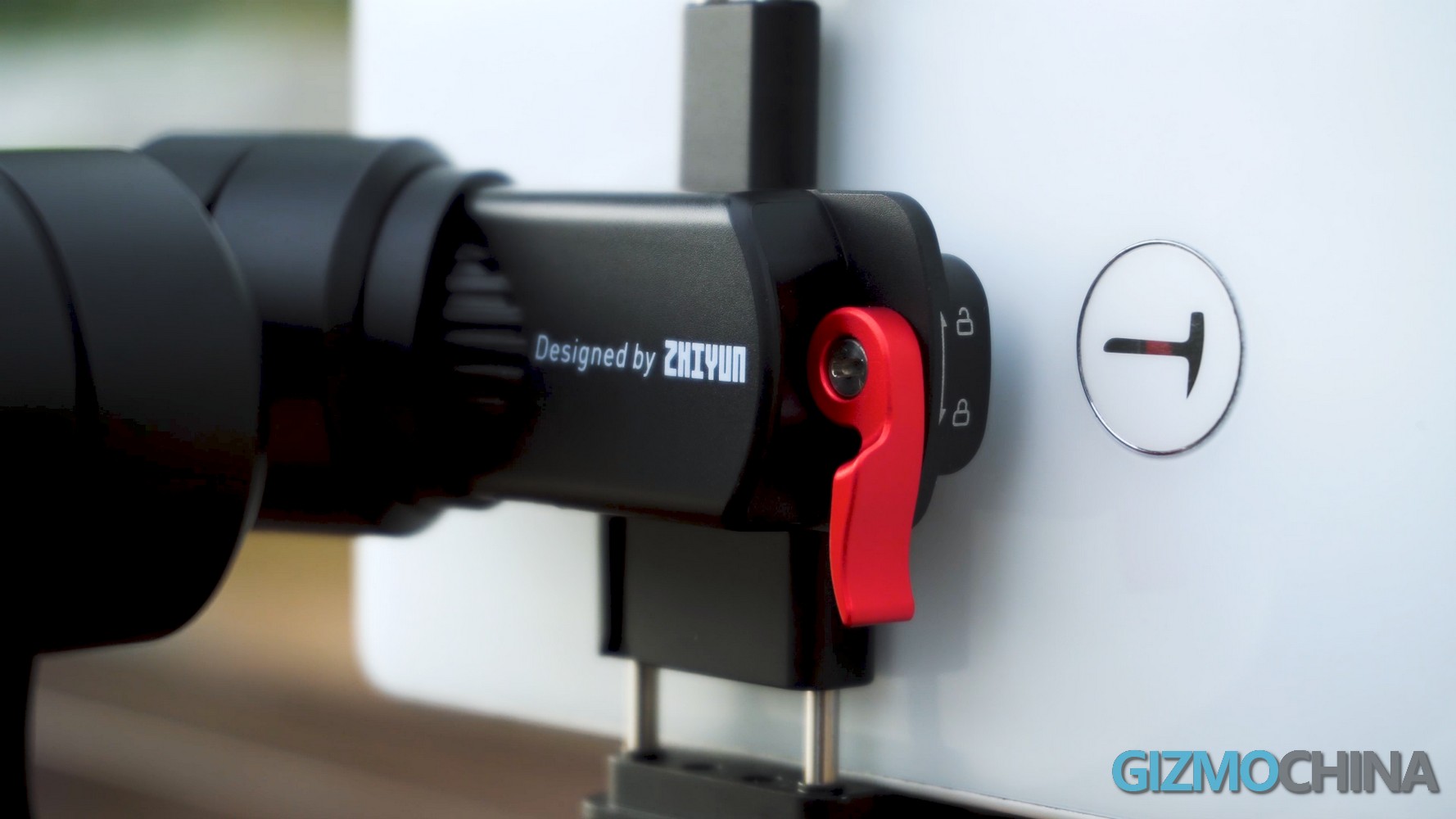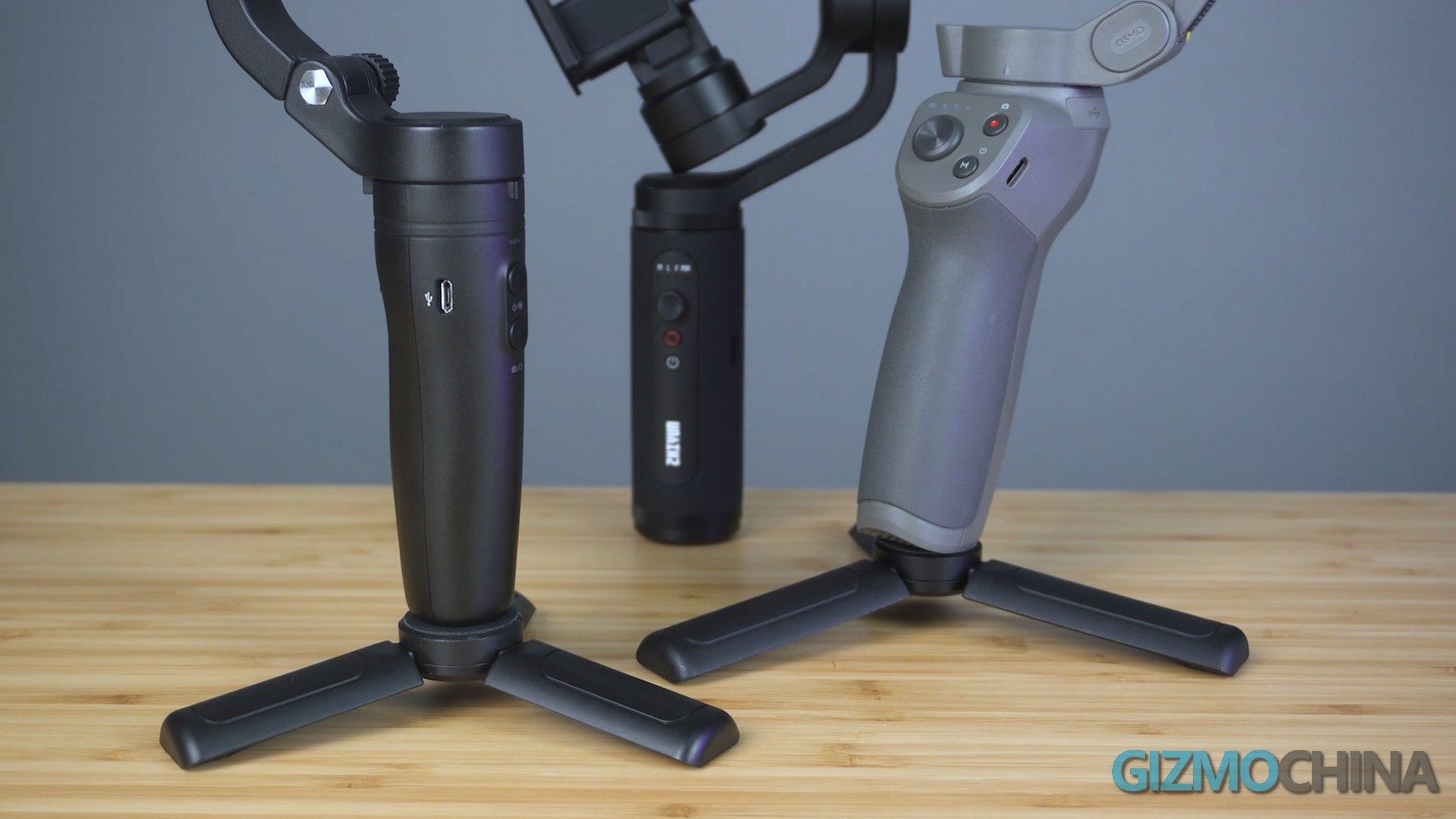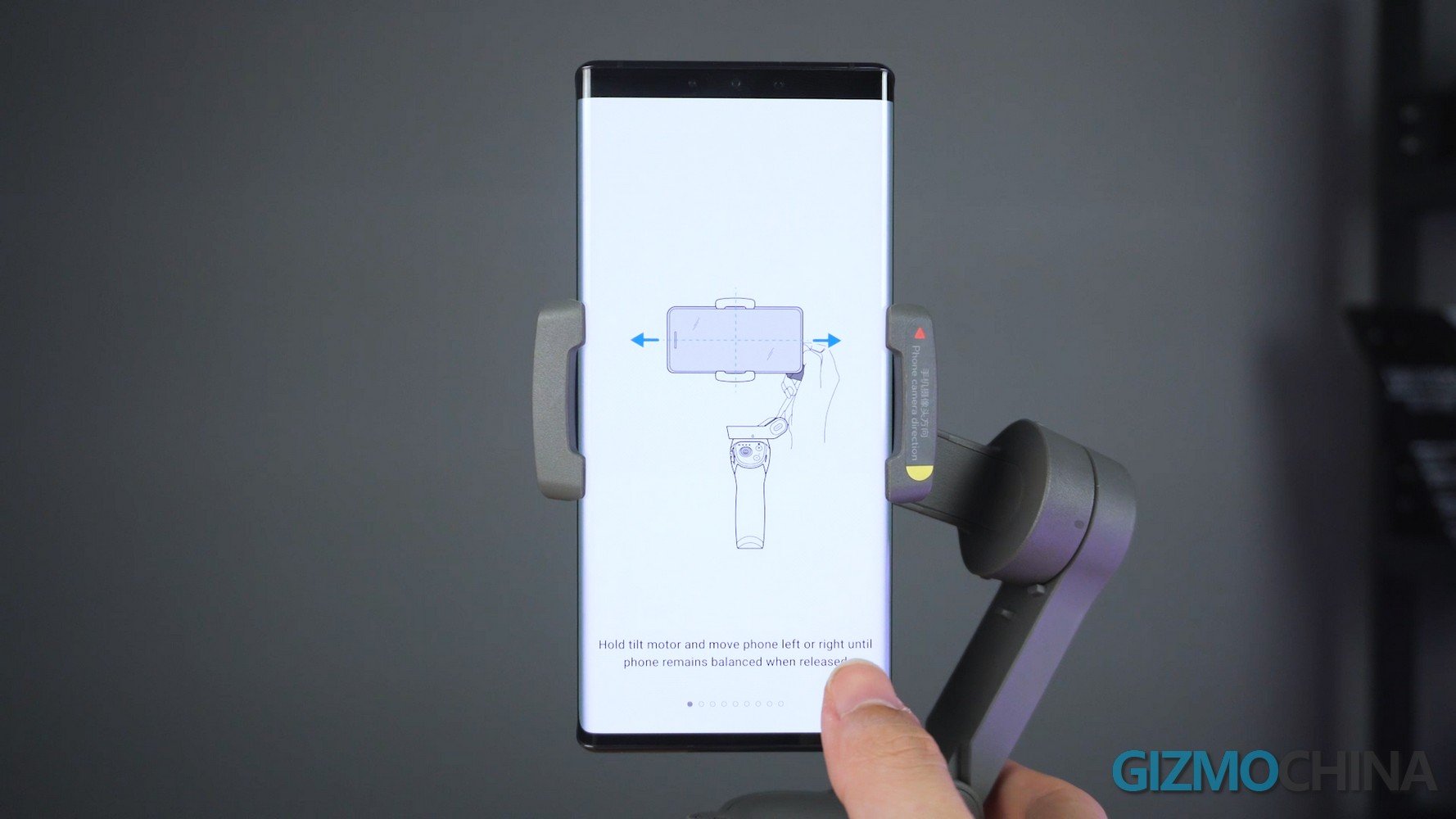Gimbals
Stabilizers used to be professional filmers’ magic sticks. But now, a stabilizer is not an expensive option for general users, especially for those who are creating their works on smartphones and mirrorless cameras. Gizmochina is interesting in mobile filming and has brought two of the outstanding mobile stabilizers on our channel, the Zhuyun Smooth Q2 and the Feiyu Vlog pocket. This time we carried on the DJI OSMO Mobile 3 and let’s do a full comparison among these three gimbals.
We have discussed how possible to shoot a video over a phone. Hard to deny, the Huawei Mate 30 Pro has good image quality and effective stabilization. However, hand holding still is not able to guarantee perfect stabilization. inspired by camera accessories, smartphones with glowing camera capacity are possible to challenge the general market with their born talent, such as a large preview display, convenience, and powerful processing chips. Especially compared to those expensive DSLRs, a smartphone is a necessity for a modern person, which even costs less, not to mention the various lenses and so on.
You can find that even the accessories for smartphones generally are not that expensive, or we can say they are actually targeting people like you, who are not pros and won’t pay much on smartphone filming but looking forward to sharing stories with the great video quality.
Now it’s time.
Design
Well, let’s look at their design. The DJI OSMO mobile 3 finally realized one of the most important features of a mobile stabilizer is convenience. The smaller size plus the foldable arm could save much space for your travel baggage. However, compared to the other two, it still not the best choice. The other two are much more pocket-available. especially for the Feiyu Vlog Pocket, the small foldable body allows you to carry it without gathering surrounding eyes. While for the Zhiyun Smooth Q2, though it has the most elegant design, the metal body leads a heavier weight as it brings such great workmanship. Meanwhile, from Q2’s design, it’s not hard to notice the design accuracy. For example, it’s the only one among the three that you can place it on the ground, even with a phone. As for the other two, you can have a small tripod included for ground placement.
Convenience
One of the best measurements of their convenience is TIME. So, we did a simple test on how long they will take to get ready filming.
There is no surprise that the Feiyu vlog pocket is taking the lead of the race. But we can see all the three gimbals actually did not take much time as the gaps were not very significant.
Stabilization (video)
To judge the performance of a gimbal, the most important standard is always its stabilization. so let’s see some cuts and watch how they really performed during different motions (Please check it in the video).
Operation
The DJI Osmo 3 has multiple features for meeting filmers’ different filming conditions, which did bring a lot of fun when we were working with it. However, it’s quite complicated when we try to figure out all the operations from distinguishing from the button M and the trigger on the back. For example, you could dual-click the button M to switch the phone directions, and triple-click it to get sleep mode. Meanwhile, the M is also used for switch between photo mode and video mode with a single click, and power options with a press and hold operation. And it’s just for the operation for the button M. For more shooting mode, you have to distinguish the operations of ‘press and hold’, ‘single click’, ‘dual-click’, ‘triple-click’, and ‘single click, then press and hold’. And the next time I used it; I have to make it clear again.
For the Feiyu vlog pocket, it goes to the opposite extreme. There are only two buttons and a trigger for all physical operations. You can only dual-click the power button for direction change beside the power option, and click a start button to start shooting. Holding the trigger can maintain a follow mode to have rotating angles. And more operations would be available on the Feiyu App. Such solutions are more intuitive and user-friendly.
While for the ZHIYUN Smooth Q2, it’s more like a product with much thinking on simplifying their operation logic with limited buttons. The Joystick is integrated with not only controlling directions but also switching 5 different modes. ‘One-click‘’ for the next mode, and dual-click for the last mode. and the indicator would help you identify which mode you’re working with. As a result, though the gimbal has 5 shooting modes, we could quickly change the mode as we wanted.
Software supports
All of the three gimbals have their customized mobile APPs, with which we are able to find a lot of interesting functions. For example, in the DJI OSMS APP, after connecting the gimbal, you can get a follow mode through selecting a subject on the preview interface, which is available in any mode. So, you can shoot a time-lapse video with a focus of a target subject. Meanwhile, you can have a professional filming experience on the APP to get a more accurate image manually.
A highlight of the OSMO App is the story mode, which brings you over 10 editing samples with fantastic background music and interesting transition style. All you need to do is to enter a sample, then follow the tutorial on preview, and choose shooting time for every cut. It makes filming much easier for those who have not much knowledge of filming but try so hard to please your girlfriend.
For Feiyu vlog pocket, because the gimbal itself only provides basic operations, using the app can help filmer reach more practical functions. So considering multiple filming demands of vloggers, Feiyu applies some customized features for both photos taking and video taking. In photo taking, you can find panorama modes and ultra-wide-angle mode, even though there is no wide-angle camera on your smartphone. And some further updates here, the overlapping mode and light rail mode. such professional techniques are no longer only able on the DSLR, but also able on your smartphone. And no more difficult camera settings but just only one click with the Feiyu vlog pocket. For video taking, the convenience is expanded to wider uses, like Dolly zoom, static timelapse, track timelapse and light rail video. Without much effort, the gimbal will help you reach some fantastic cuts which used to be seen only in professional films.
For the Zhiyun smooth Q2, the updated APP also carries on the Dolly zoom mode and time-lapse options. But compared to the other two, the application simplified the options and operations of the APP viewfinder but also reserved most of the main shooting options. one of the features that could not be found in the other two is the latest vortex mode. Thanks to the all-direction pan arm, the filmer could create a special view with a smooth 360° rotation.
Conclusion
After we experience these three gimbals for over a month. We are pretty confused to recommend the best gimbal for you. We used to draw a conclusion that the Zhiyun Smooth Q2 was the best mobile gimbal. Well, to some extent, it still is. The metal body helps the gimbal achieve a better-stabilizing effect with full angle rotation. Besides, the excellent features like the longest endurance, reverse charging, user-friendly gimbal operations and so on, made it become the most trustworthy gimbal for our video shooting. But meanwhile, the simplified software and blocked the view on a few android phones sometimes caused discomfort, though such problems could be solved with manual adjustment. But surely, it’s still a gimbal that’s worth being called with the term ‘professional’.
For the Feiyu vlog Pocket, its biggest advantage is small and simple, while the most significant drawback is also the too simple body. Though it integrated a lot of features into their APP, the general experience would be affected by the complicated but functional software. To be fair, we would admire its top convenience and recommend it for most vloggers who are planning to travel and record their stories.
As for the DJI OSMO Mobile 3, it’s more like a good product with some compromise. For example, though it’s foldable and claimed to be pocketable, we still are not going to give it a credit on the convenience, not to mention its complicated operations. You always need to unfold the gimbal before loading the phone. The good message is that the DJI team brought stable software with effective tutorials. So if you are a person who has the patience to get used to the inconvenience, you probably would love it.

